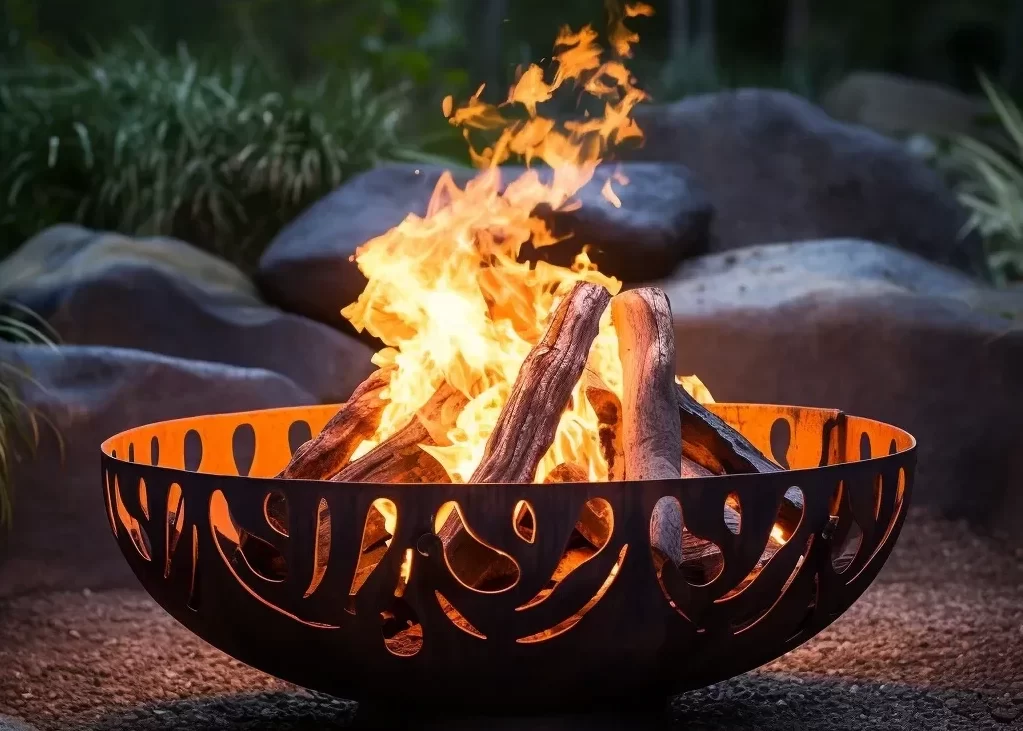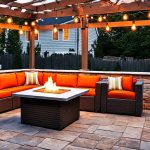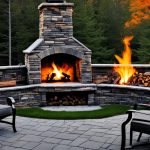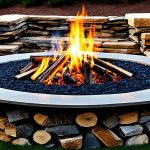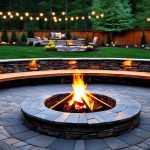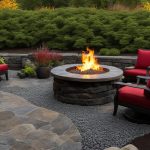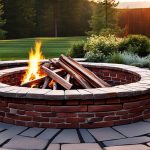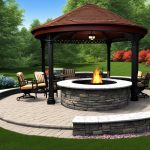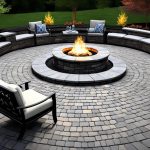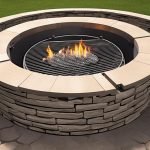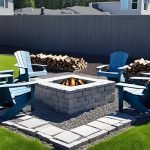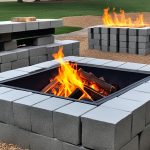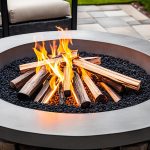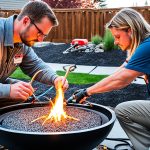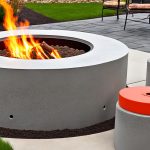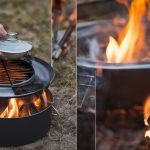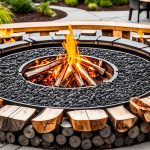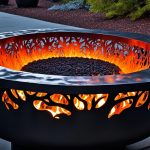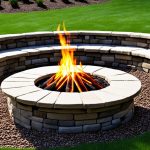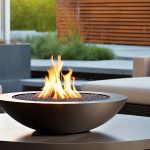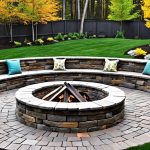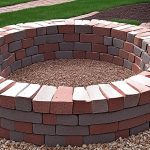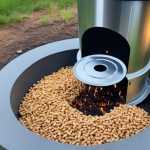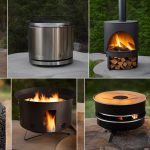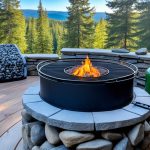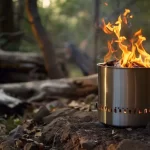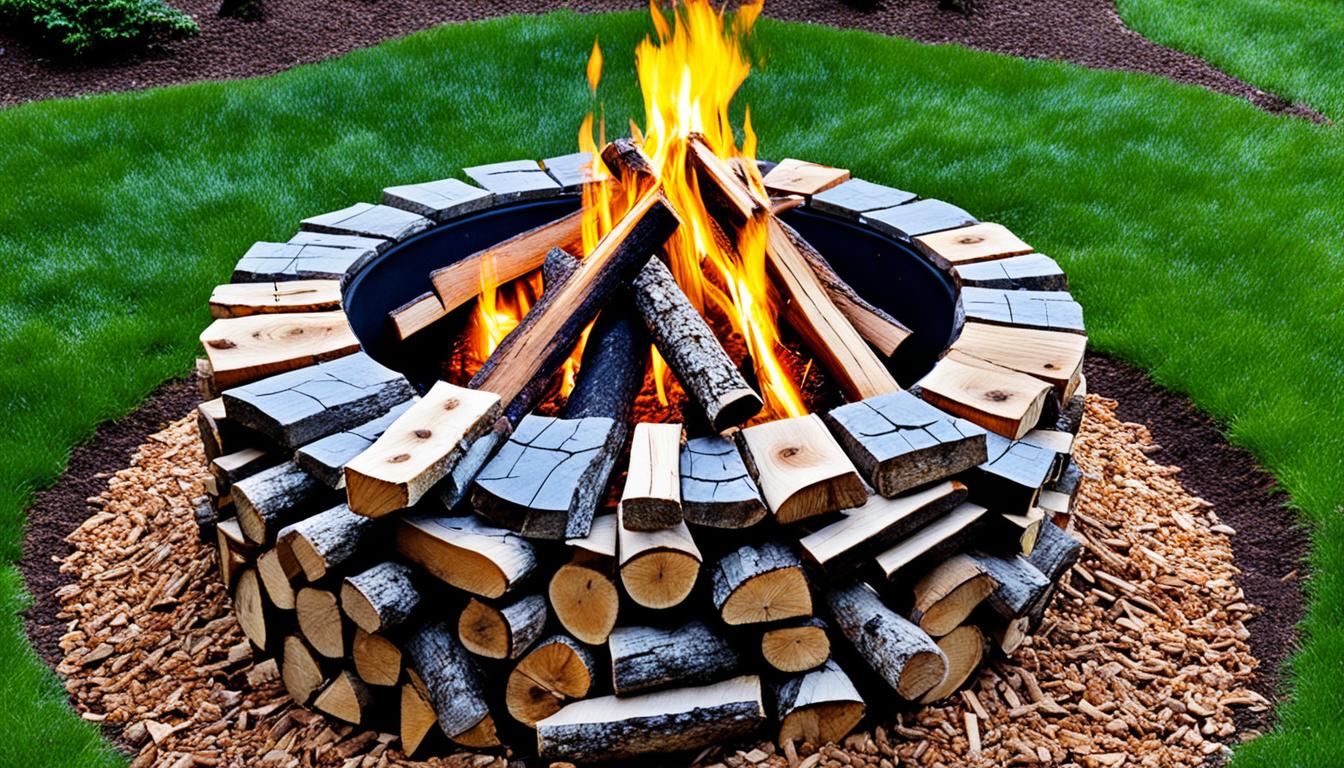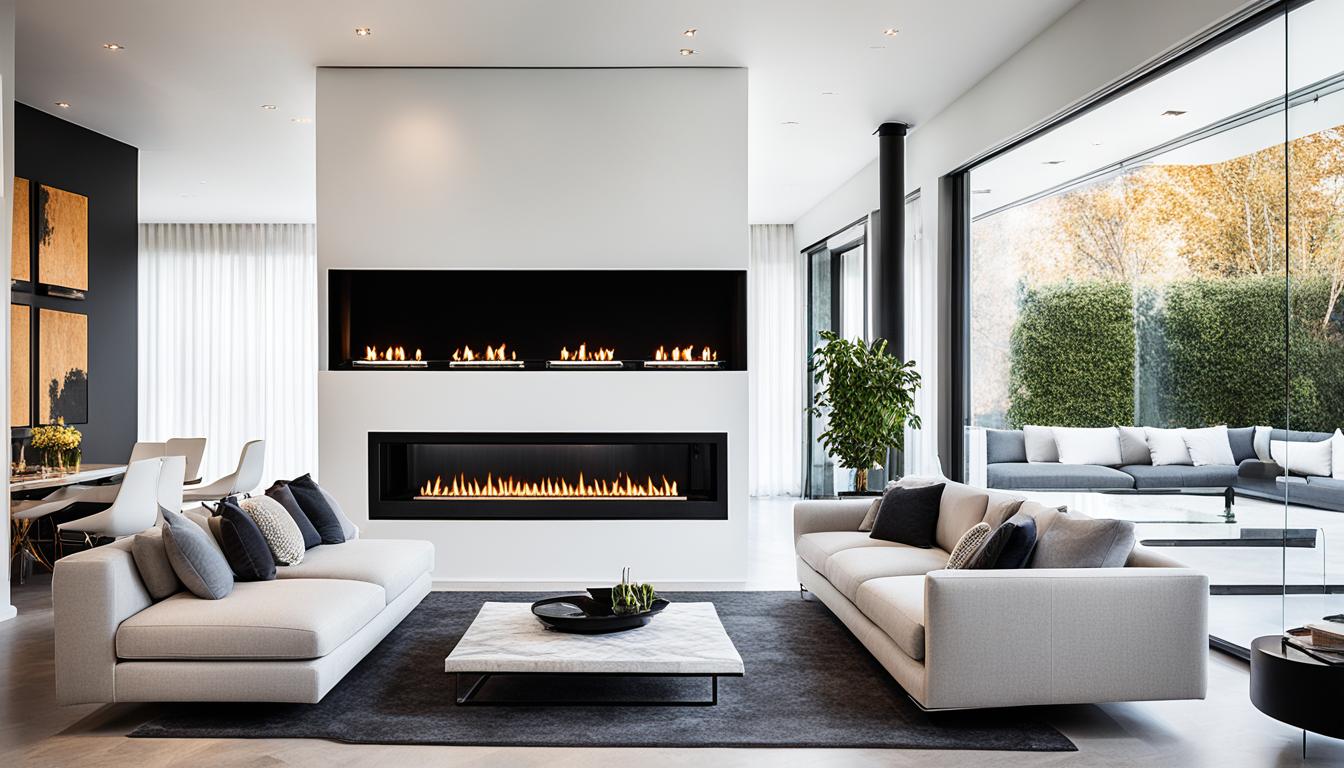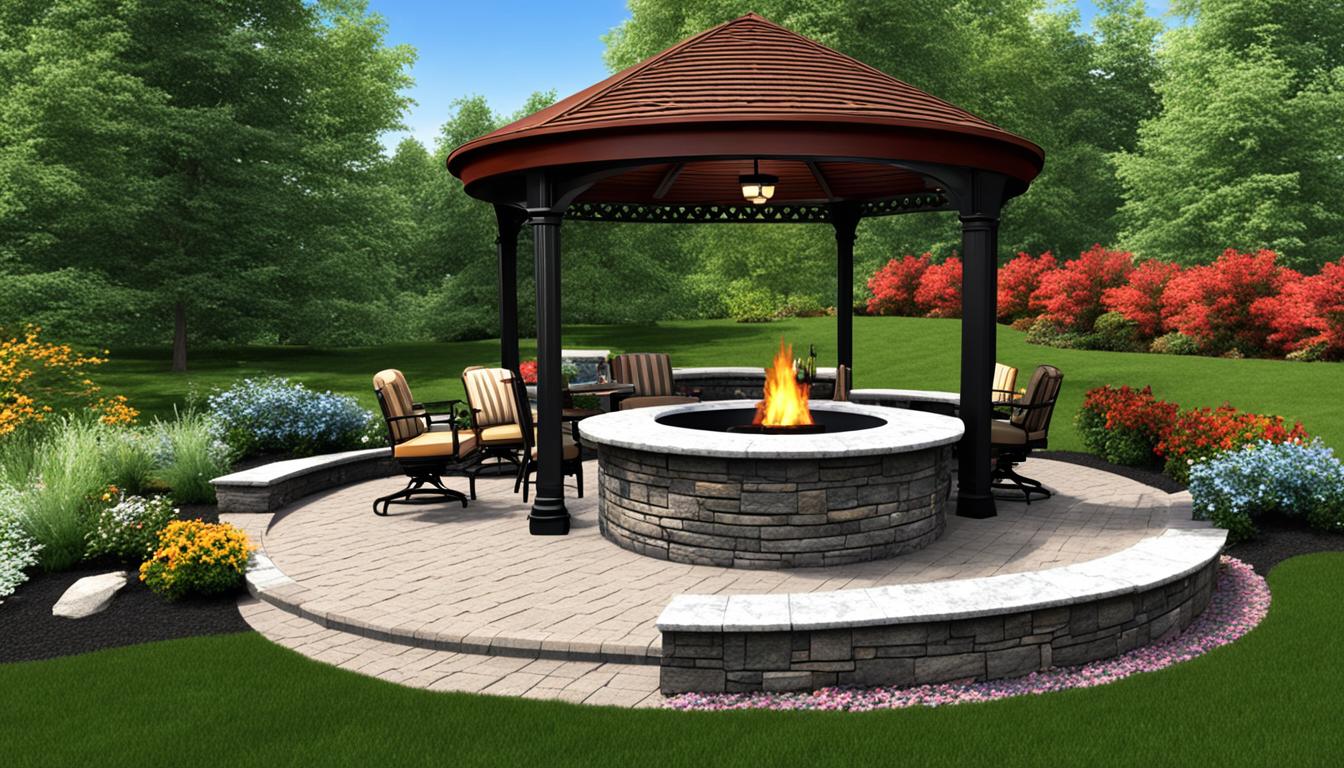Are you tired of struggling to light your fire pit? Do you find that your firewood burns out quickly, leaving you disappointed? It’s time to unlock the secret to achieving a long-lasting and mesmerizing fire. The key lies in mastering the art of stacking wood in a fire pit.
In this section, we will explore the best way to stack wood in a fire pit, sharing expert techniques and valuable tips that will elevate your fire pit experience to a whole new level. Whether you’re a seasoned fire pit enthusiast or a beginner, follow these guidelines to ensure optimal burning, extended fire duration, and enhanced safety.
Key Takeaways:
- Properly stacking wood in a fire pit is essential for optimal burning and prolonged fire duration.
- By using specific techniques, you can achieve a steady and efficient burn in your fire pit.
- Stacking firewood in a well-organized manner promotes better airflow and fuel distribution.
- Consider the size, type, and arrangement of firewood for the best results.
- Following fire safety tips while stacking wood in a fire pit is crucial to prevent accidents and injuries.
Stacking Firewood for Optimal Fire Pit Performance
Effectively stacking firewood is essential for achieving optimal performance from your fire pit. By organizing and storing the firewood properly and following the right techniques for stacking, you can ensure efficient burning and a prolonged fire duration. Here are some tips to help you stack your firewood for optimal fire pit performance:
1. Fire Pit Wood Organization
Before stacking the firewood, it’s important to organize it properly. Start by sorting the wood based on its size and type. Separate smaller twigs and branches from larger logs to ensure an even burn and easy maintenance of the fire. You can use a firewood rack or storage container to keep the wood organized and easily accessible.
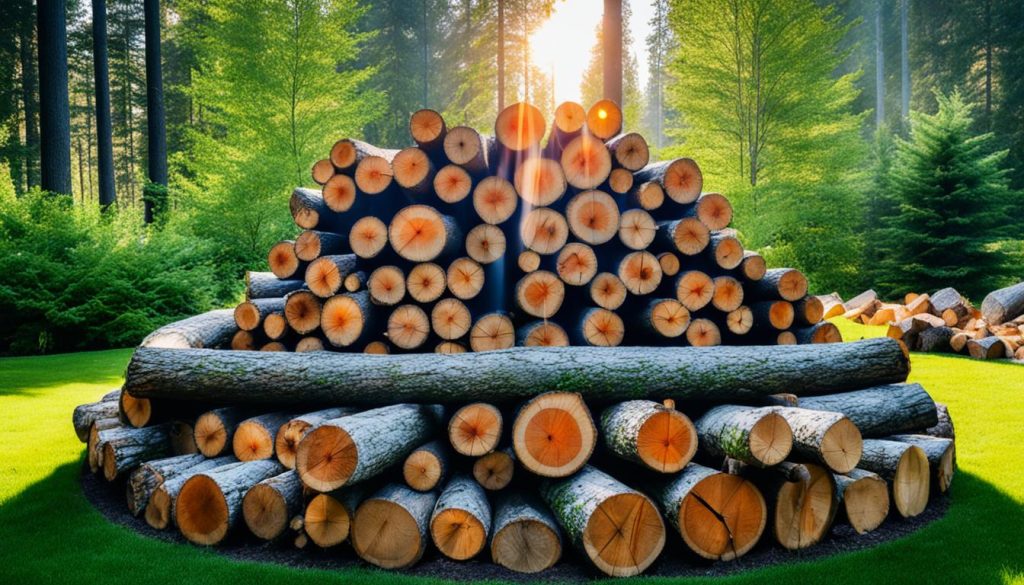
2. Fire Pit Wood Storage
Proper storage of firewood is crucial for maintaining its quality and ensuring optimal burning in the fire pit. Keep the firewood stored in a dry and well-ventilated area to prevent moisture buildup, as damp wood can affect the fire’s performance. Ideally, the firewood should be stored off the ground, on a raised platform or a firewood rack, to protect it from ground moisture and pests.
3. Stacking Firewood for Optimal Performance
When stacking the firewood in the fire pit, start with a solid base. Place sturdy logs parallel to each other, forming a foundation layer. Arrange the wood in a crisscross pattern, leaving enough space for air circulation. This arrangement promotes efficient burning by allowing the fire to breathe and encourages a consistent flame. Remember to interlock the logs to create stability and prevent them from collapsing.
Pro Tip: To optimize airflow and promote better burning, leave gaps between the individual logs. This allows oxygen to circulate, facilitating a steady and even burn.
Additionally, consider stacking smaller pieces of wood on top of larger logs to ensure uniform burning. This layering technique encourages a gradual and sustained release of heat, prolonging the fire duration.
In conclusion, by properly organizing, storing, and stacking your firewood, you can maximize the performance of your fire pit. Following these tips will not only lead to efficient burning but also enhance your overall fire pit experience. Stay safe and enjoy the warmth and ambiance of a well-stacked fire pit.
Fire Safety Tips for Stacking Wood in a Fire Pit
When it comes to enjoying your fire pit, safety should always be a top priority. Properly stacking wood in your fire pit not only ensures a more efficient burn but also reduces the risk of accidents and injuries. Follow these essential fire safety tips to stack wood safely and responsibly.
Firstly, it’s crucial to select the right location for your fire pit. Choose an area that is clear of any flammable materials, overhanging branches, or structures. It’s important to keep a safe distance between the fire pit and your home or any other structures. This will help prevent sparks and embers from causing unintentional fires.
Secondly, pay attention to the size and type of wood you use. Ensure that the wood is dry and well-seasoned, as damp wood can produce more smoke and increase the risk of sparks. Use smaller pieces of wood to create a stable foundation at the bottom, gradually adding larger logs on top. This layering technique encourages proper airflow and reduces the chance of the fire becoming uncontrollable.
Lastly, never leave your fire pit unattended and always have a fire extinguisher or a bucket of water nearby. Even with the best precautions in place, accidents can still happen. By having a means to quickly extinguish the fire if needed, you can mitigate any potential risks and ensure the safety of everyone around the fire pit.

